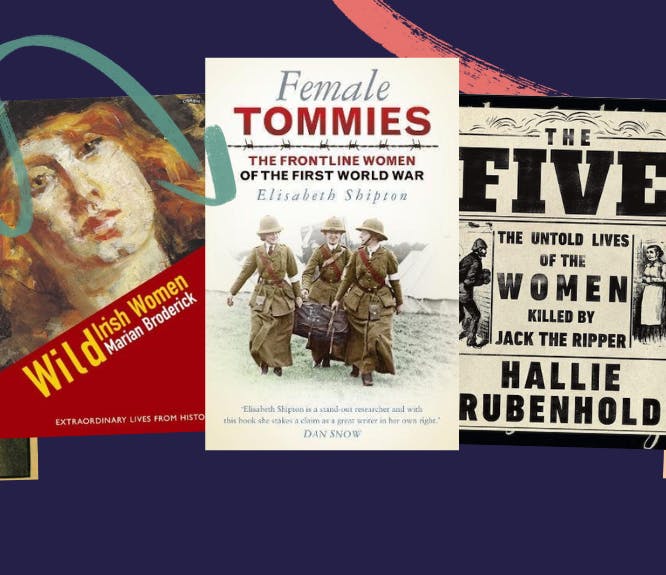The Sepoys of the British Indian Army
3-4 minute read
By Alex Cox | November 10, 2015
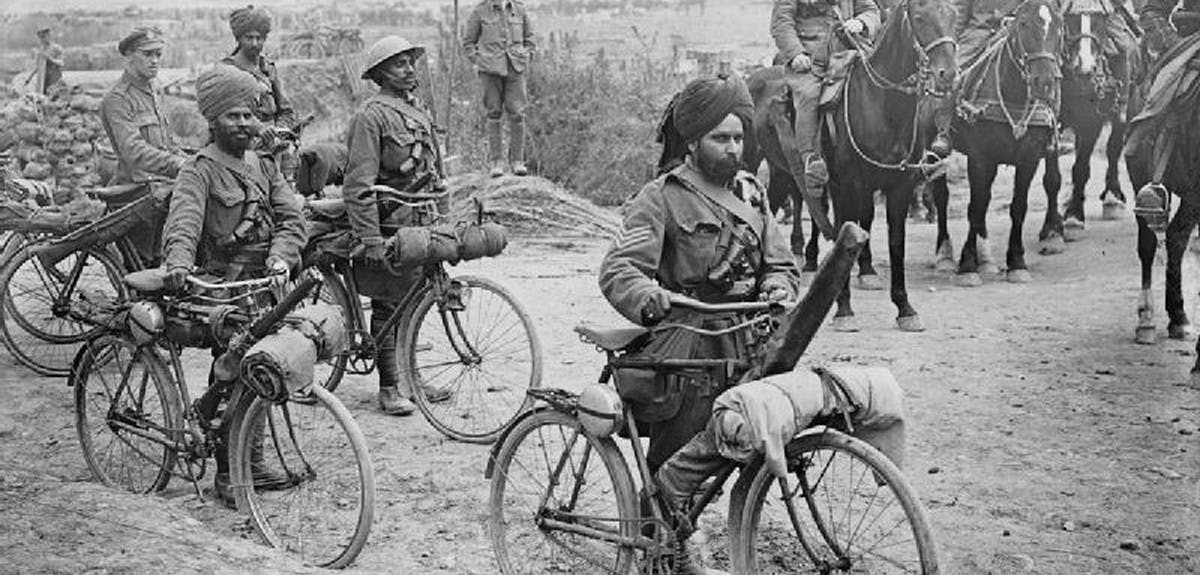
Over one million Indian soldiers fought for Britain during the Great War, 74,000 of whom lost their lives. Despite having no part in the traditional hatreds of the European powers, the Sepoys of the Indian Army fought and died for the British Empire far from their homes, in places as diverse as France and Belgium, Mesopotamia, Egypt, Gallipoli, Palestine and Sinai, and East and West Africa. While the sacrifices and heroism of the ANZACS, Canadians and South Africans have been widely celebrated andcommemorated in numerous books and films, the stories and experiences of Indian Sepoys have been largely ignored.
Want explore your own military history? Look no further...

The men of the British Indian Army
The term "Sepoy" was derived from the Persian word sepāhī, meaning "infantry soldier", and came into use in the forces of the British East India Company in the eighteenth century.
The Sepoys of the British Indian army were a multi-ethnic, multi-lingual force and came from a range of diverse religious backgrounds that included Punjabi Muslims, Sikhs and Hindus. Many recruits were either semi- or non-literate and did not leave behind the wealth of diaries, poems and memoirs that have shaped Britain's attitude towards remembrance and the legacy of the war.
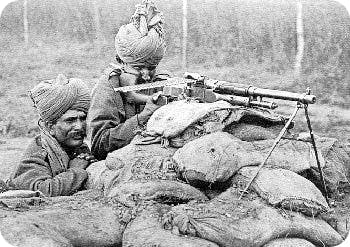
Machine gun crew of the 2nd Queen Victoria's Own Rajput Light Infantry, Flanders - Winter of 1914–15
While many were motivated by their modest 11 rupee monthly wage, a large proportion of Sepoys believed that it was their duty to bring honour to their clan, caste or community on the battlefield. Many frequently expressed a strong sense of personal duty to the King-Emperor George V and were more likely to declare that they were fighting for King and for honour than for India or the Empire.
Many were recruited from the peasant-warrior classes of North and North-Western India in accordance with the theory of 'martial races', and the Punjab, an area that is today spread across present-day India and Pakistan, contributed more than half the total number of combatants.
The Sepoys Join The Fight
Of all the colonies in the British, French and German empires, the contribution made by subjects of the British Raj was perhaps the most significant. A total of one and half million men from what is now India, Pakistan, Bangladesh, Burma and Sri Lanka were recruited into the British Indian army when India joined the war as part of the Empire in 1914.
In the autumn of that year, the Lahore and Meerut divisions, totalling some 24,000 men, arrived at Marseilles and were sent almost immediately to plug the gaps in the lines that had formed as a result of heavy casualties suffered by the beleaguered British Expeditionary Force.
Over the next four years, a total of 140,000 Indian men would be sent to the Western Front to fight in some of the worst actions of the War including Ypres, Givenchy, Neuve Chapelle, Festubert and Loos.
The Indian Soldier's War
At first, many Sepoys struggled to adjust to the terrifying shock of modern industrial warfare and reports of low morale and self-wounding were not uncommon during their first year of fighting. These early recruits had been part of a colonial force that had been designed for frontier defence and lacked the necessary training and equipment for fighting a modern war in the long, harsh European winters.
By 1915 the Indian Army was a formidable fighting force whose professionalism and competence was heavily relied upon by their British commanders. Over 9,200 decorations were awarded to Indian servicemen during the war, including eleven VCs, the first of which was won by Subedar Khudadad Khan at the battle of Neuve Chapelle.
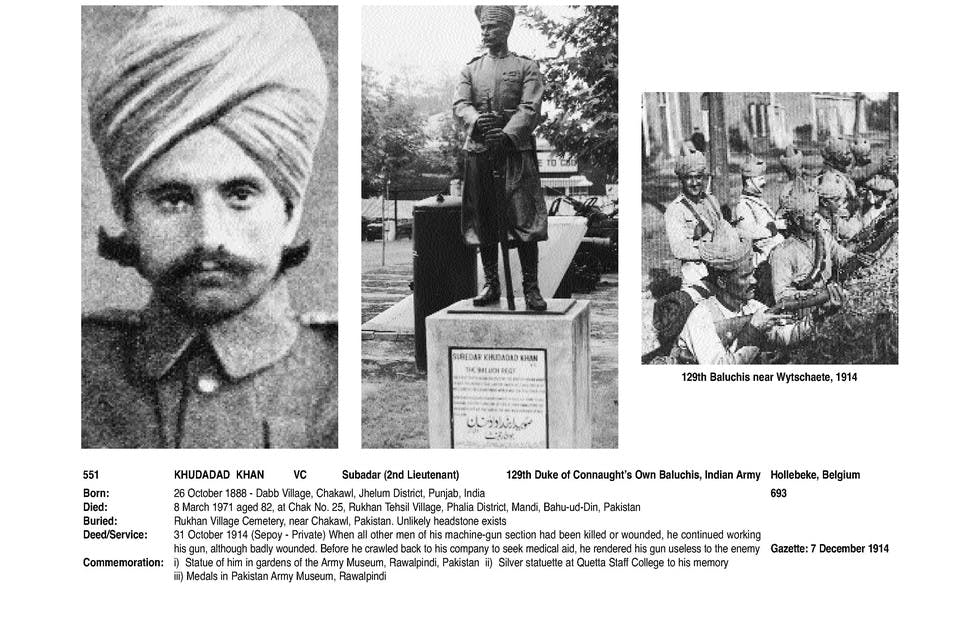
You can uncover the stories of Khan and his fellow VC winners in our Military Service Medals & Awards records
The majority of Indian troops served in Mesopotamia including over 7,000 officers, 287,000 other ranks and 293,000 non-combatant 'followers' such as porter and labour corps. Around 10,000 of these men were captured at Kut-el-Amara, after a prolonged siege on 29 April 1916. The Hindu sepoys were subjected to severe brutality in the hands of their Turkish captors, including a 500-mile long march to Ras-el-Ain that many did not survive.
The highest casualty rates for the Indians were in Gallipoli, where some 1,624 of the 3,000 combatants were killed. Wounded Indian soldiers were cared for in hospitals set along the southern coast of England such the famous Pavilion and Dome Hospital in Brighton. Although they were provided with excellent facilities, hospital grounds were surrounded with barbed wire to prevent the Sepoys mixing with the local population.
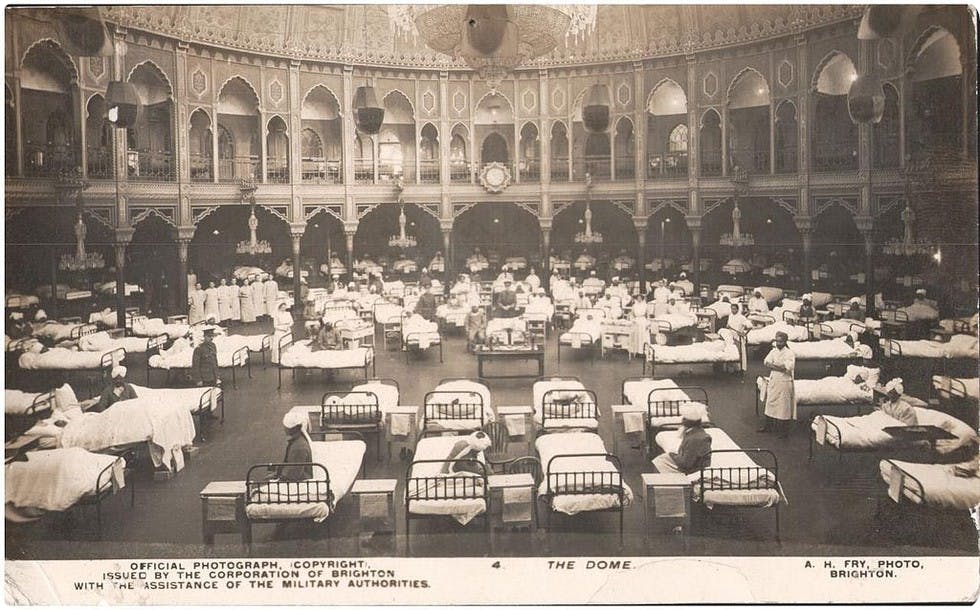
hospital inside The Dome of the Royal Pavilion, Brighton - May 1915
By November 1918, some 827,000 Indians had enlisted as combatants in addition to those already serving in August 1914. In total, over 1,105,000 Indian personnel had been sent overseas; 138,000 to France, 657,000 to Mesopotamia, 144,000 to Egypt and Palestine and smaller contingents to Aden, East Africa, Gallipolli and Salonika. India's contribution however was not confined to the army. Ships of The Royal Indian Marine was armed in 1914, served with the Royal Navy on escort duties and others as coastal minesweepers or river gunboats in the Mesopotamia campaign while Indian merchant services in transportation and supply proved essential in maintaining Britain's war effort, providing over 170,000 animals and 3,700,000 tons of supplies and stores.
Related articles recommended for you
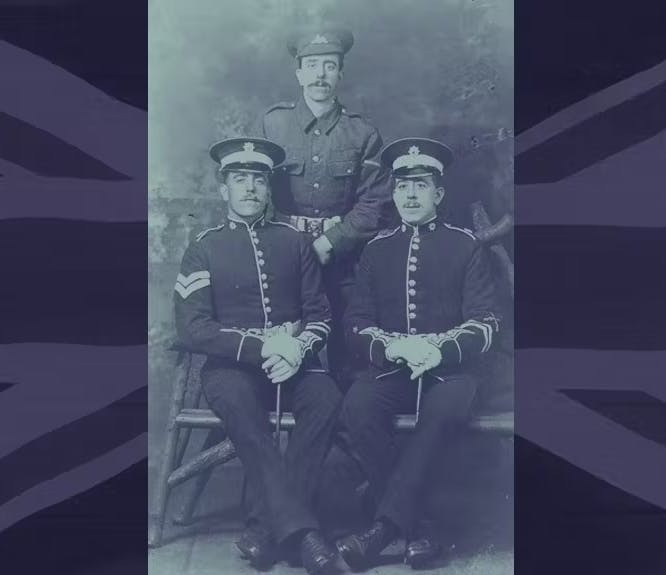
Five must-read books to discover more about the British Army during the First World War
History Hub
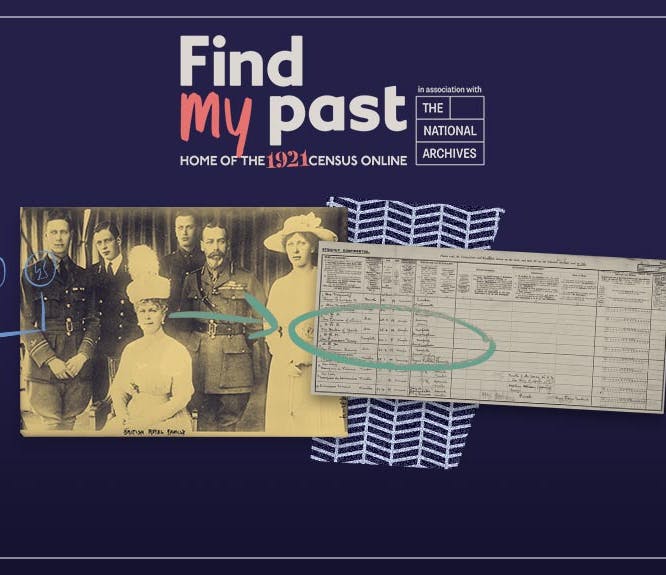
Where were the Royal family living in the 1921 Census?
Discoveries
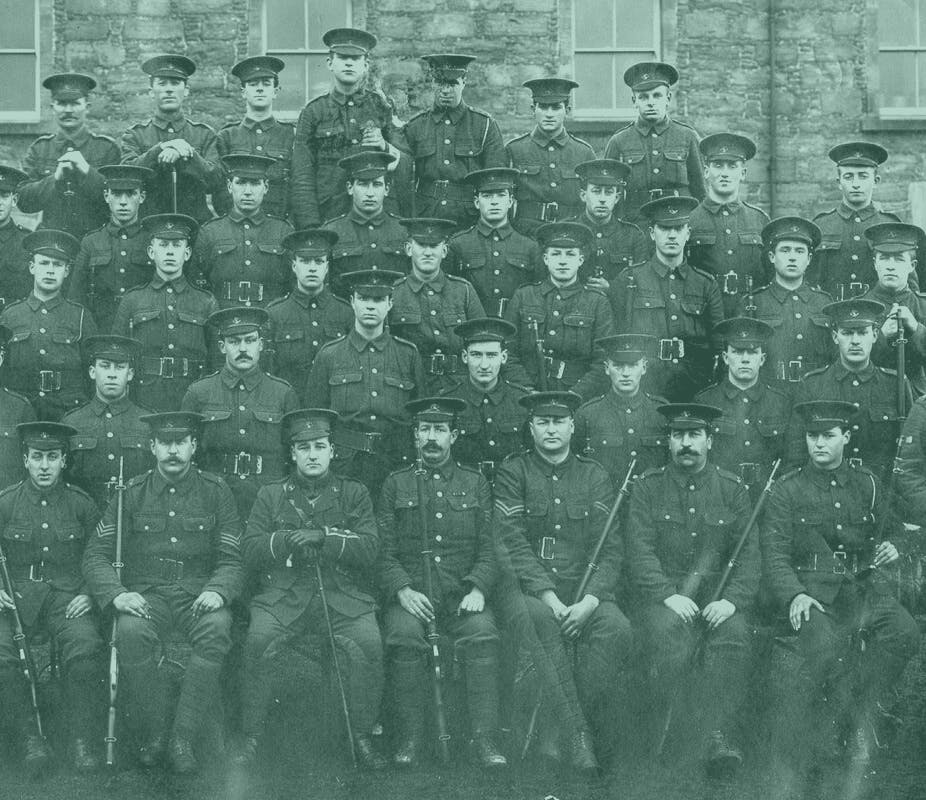
Your go-to guide to understanding British Army regiments
Help Hub
